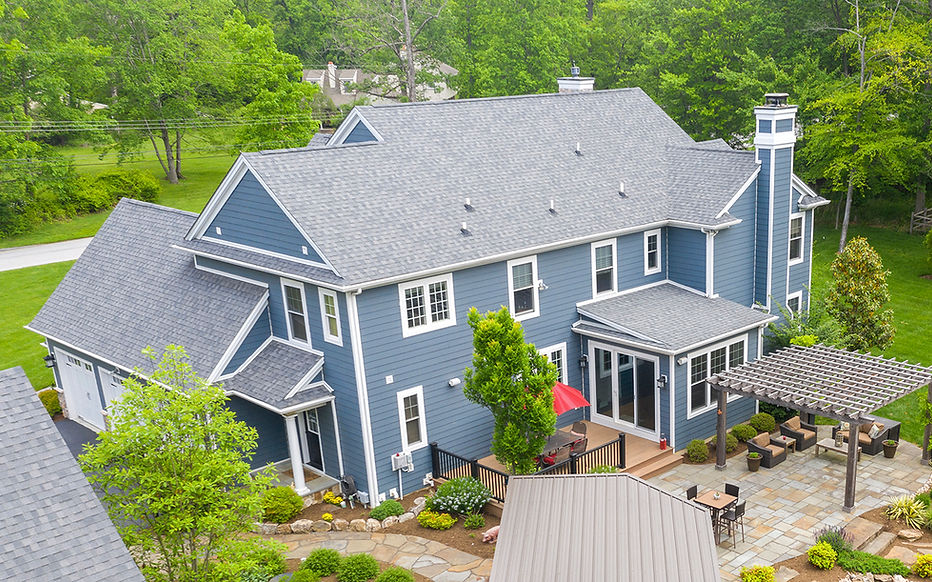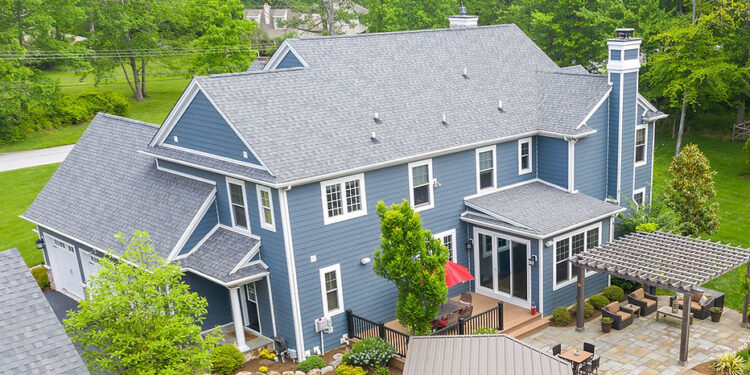As we delve into the realm of exterior home design, siding outside emerges as a crucial component in safeguarding our homes from the harsh elements. This article will shed light on the different materials used, installation processes, maintenance tips, and more, offering a holistic view of siding outside.
 .
4. Installing Siding: Start at the bottom and work your way up, following the manufacturer's instructions for the specific type of siding you are using.
5. Trimming and Finishing: Complete the installation by adding trim pieces and finishing touches to ensure a polished look.
.
4. Installing Siding: Start at the bottom and work your way up, following the manufacturer's instructions for the specific type of siding you are using.
5. Trimming and Finishing: Complete the installation by adding trim pieces and finishing touches to ensure a polished look.

Introduction to Siding Outside
Siding is the external cladding or covering of a house, typically made of materials that protect the structure from the elements and enhance its aesthetic appeal. It plays a crucial role in safeguarding the home from weather conditions such as rain, snow, wind, and sunlight, preventing moisture infiltration and maintaining the integrity of the building.Materials Used for Outdoor Siding
There are various materials commonly used for outdoor siding, each with its unique characteristics and benefits:- Vinyl: A popular choice due to its affordability, low maintenance, and versatility in design options.
- Wood: Offers a natural and timeless look, but requires regular maintenance to prevent rot and decay.
- Fiber Cement: Known for its durability, resistance to fire, insects, and rot, making it a long-lasting siding option.
- Brick: Provides a classic and elegant appearance, with excellent insulation properties and minimal maintenance requirements.
- Stone: Adds a luxurious and sophisticated look to a home, offering exceptional durability and weather resistance.
Types of Exterior Siding
When it comes to choosing the right siding for the exterior of your home, there are several options available, each with its own set of pros and cons. Here, we will discuss different types of siding materials, including vinyl, wood, fiber cement, and metal, along with their durability and maintenance requirements.Vinyl Siding
Vinyl siding is a popular choice for homeowners due to its affordability and low maintenance requirements. It is available in a wide range of colors and styles, making it a versatile option for any home. However, vinyl siding may not be as durable as other materials and can crack or fade over time.Wood Siding
Wood siding provides a classic and natural look to a home, adding warmth and charm. While wood siding is durable and can last for many years with proper maintenance, it requires regular upkeep such as painting or staining to prevent rot and decay. Additionally, wood siding is more susceptible to insect damage.Fiber Cement Siding
Fiber cement siding is a durable and long-lasting option that can mimic the look of wood or masonry. It is resistant to fire, insects, and rot, making it a low-maintenance choice for homeowners. However, fiber cement siding is heavier and may require professional installation.Metal Siding
Metal siding, such as aluminum or steel, is known for its strength and durability. It is resistant to fire, rot, and insects, making it a low-maintenance option for homeowners. Metal siding is also available in a variety of colors and textures, allowing for customization to suit any architectural style.Siding Installation Process
Installing exterior siding involves several key steps to ensure a successful and long-lasting finish on your home. Let's dive into the general process, tools and equipment needed, as well as common challenges and how to overcome them.General Steps in Siding Installation
1. Preparation: Before starting the installation, make sure to prepare the exterior walls by cleaning them thoroughly and making any necessary repairs. 2. Waterproofing: Install a weather-resistant barrier to protect your home from moisture damage. 3. Flashing: Properly install flashing around windows, doors, and corners to prevent water infiltrationTools and Equipment Required
- Hammer: For nailing the siding in place.
- Level: To ensure the siding is installed straight and even.
- Circular Saw: For cutting siding panels to the correct size.
- Utility Knife: To make precise cuts and trim pieces as needed.
- Nail Gun: For quick and efficient nailing.
Common Challenges and Solutions
- Warped Siding: If you encounter warped siding panels, try laying them out in the sun to soften them before installation.
- Moisture Issues: Properly sealing joints and using the correct waterproofing materials can help prevent moisture-related problems.
- Incorrect Installation: Following the manufacturer's guidelines and seeking professional advice when needed can help avoid mistakes in installation.
Siding Maintenance and Care
Maintaining and caring for exterior siding is essential to ensure its longevity and keep your home looking its best. Regular maintenance can help prevent damage and costly repairs in the future.Importance of Regular Inspections
Regular inspections of your exterior siding are crucial to identify any issues early on. Look out for signs of damage such as cracks, peeling paint, or mold growth. Addressing these problems promptly can prevent further deterioration and extend the lifespan of your siding.Tips for Maintaining Siding
- Regularly clean your siding to remove dirt, debris, and mold. Use a gentle soap solution and a soft brush to scrub the surface.
- Trim any vegetation near your siding to prevent moisture build-up and potential damage.
- Inspect and repair caulking and seals around windows, doors, and vents to prevent water infiltration.
- Repaint or touch up any areas with peeling or chipped paint to protect the siding from moisture and UV damage.
Cleaning Different Siding Materials
- Vinyl Siding:Use a mixture of water and mild detergent to clean vinyl siding. Avoid using harsh chemicals or abrasive materials that can damage the surface.
- Wood Siding:Clean wood siding with a solution of water and mild detergent. Rinse thoroughly and allow it to dry completely to prevent mold growth.
- Fiber Cement Siding:Use a soft brush or cloth with a mild detergent solution to clean fiber cement siding. Avoid high-pressure washing, as it can damage the surface.
- Aluminum Siding:Clean aluminum siding with a solution of water and vinegar or a mild detergent. Rinse well and avoid abrasive materials that can scratch the surface.















